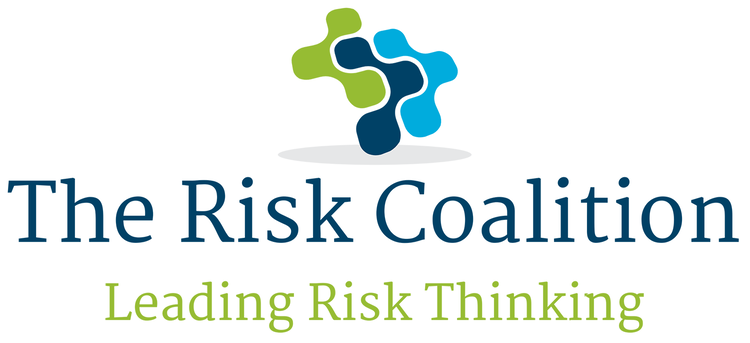Artificial Intelligence (AI) has emerged as a powerful tool that holds immense potential to transform various aspects of our lives. While the development of AI brings forth numerous benefits, it is crucial to recognize and address the existential threats associated with its advancement. It is important to explore the significance of prioritising these threats in AI and the distinction between trustworthy AI and existential AI.
Trustworthy AI refers to the development and deployment of AI systems that are reliable, unbiased, and transparent. It aims to ensure that AI algorithms and models are accountable and can be audited for fairness and ethical considerations. Efforts are being made to define actions and frameworks to mitigate biases, enhance explainability, and establish regulations for responsible AI practices. While these endeavors are crucial, they primarily focus on improving the immediate challenges and shortcomings of AI systems.
While trustworthy AI is a crucial aspect of AI development, existential threats demand even greater attention. Recognising and mitigating the risks associated with AI superintelligence, autonomous weapons, and unforeseen consequences is paramount.
Existential threats in AI refer to potential risks that could have catastrophic consequences for humanity as a whole. Unlike the issues of bias or explainability, existential threats have the potential to alter the course of human existence, posing challenges that are more profound and far-reaching. It is imperative to recognise the gravity of these threats and prioritise research, development, and regulations accordingly.
I was going through a presentation on AI delivered by the Existential Risk Laboratory and came across a fascinating chart that compared various existential risks:
What truly caught my attention was the surprising placement of "Unaligned AI systems" above existential threats such as pandemics, climate change, and nuclear war. This observation left me intrigued and sparked a curiosity about the potential risks associated with unaligned AI systems. The concept of unaligned AI refers to artificial intelligence systems that are not properly aligned with human values, intentions, or goals. It suggests a scenario where AI systems may act in ways that diverge from our desired outcomes or even work against human interests.
The fact that unaligned AI systems were ranked higher than risks as grave as pandemics, climate change, and nuclear war highlights the significance and urgency of addressing AI alignment. It underscores the need for responsible development and governance of AI technologies to ensure that they align with human values and mitigate potential risks.
Understanding and managing the risks associated with AI alignment is a crucial aspect of AI development. It requires a multidisciplinary approach that encompasses research, ethics, and policy frameworks to guide the design and deployment of AI systems. By doing so, we can strive for the safe and beneficial integration of AI while minimizing the potential negative consequences.
As we navigate the advancements in AI, it is essential for researchers, policymakers, and society at large to engage in meaningful discussions and take proactive measures to ensure the responsible development of AI technologies. By fostering collaboration, transparency, and ethical practices, we can work towards aligning AI systems with human values while effectively addressing the associated risks.
Dr Hammou Messatfa is Data and AI IBM Customer Success Manager. He is also a member of the IBM Academy of Technology as well as Professor at Dubai RIT University


